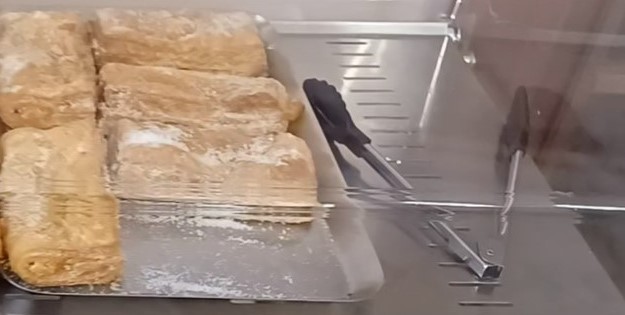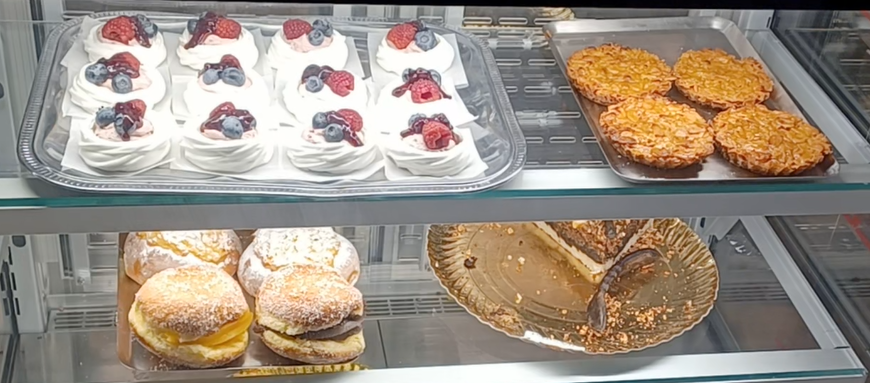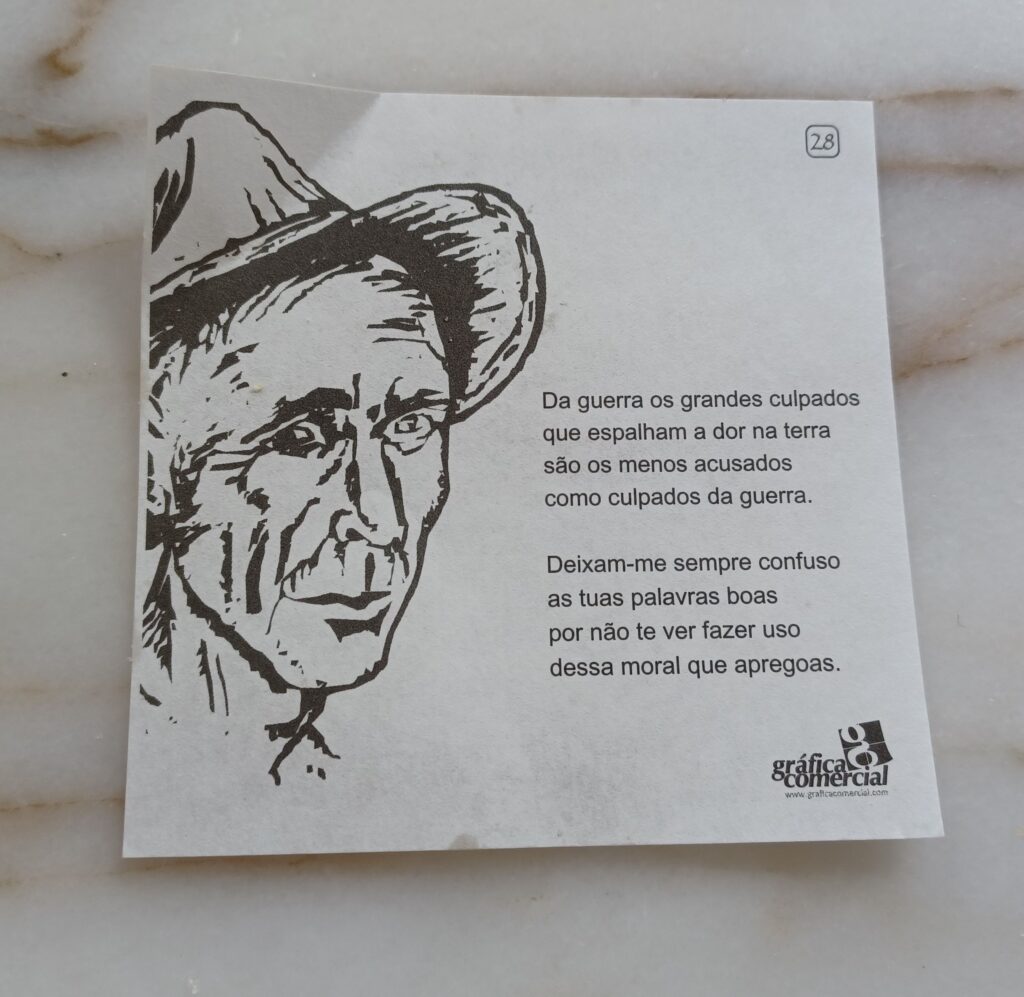A characteristic Portuguese city away from the crowded beaches of the Algarve.
A Short History
Early Homo heidelbergensis were in present-day Portugal 400,000 years ago and humans were in what is now Loulé around 40,000 years ago. About 10,000 years ago humans settled the area and began growing crops.
Phoenicians and Carthaginians established trading posts along the coast but were pushed out by the Romans in the second century BCE. In the 5th century CE, the Romans themselves were defeated by the Suevians and Vandals.
When the Umayyad Caliphate took over in the 7th century, the city became known as Al-‘Ulya. If you say it out loud, you can hear the similarity with the current name “Loulé.”
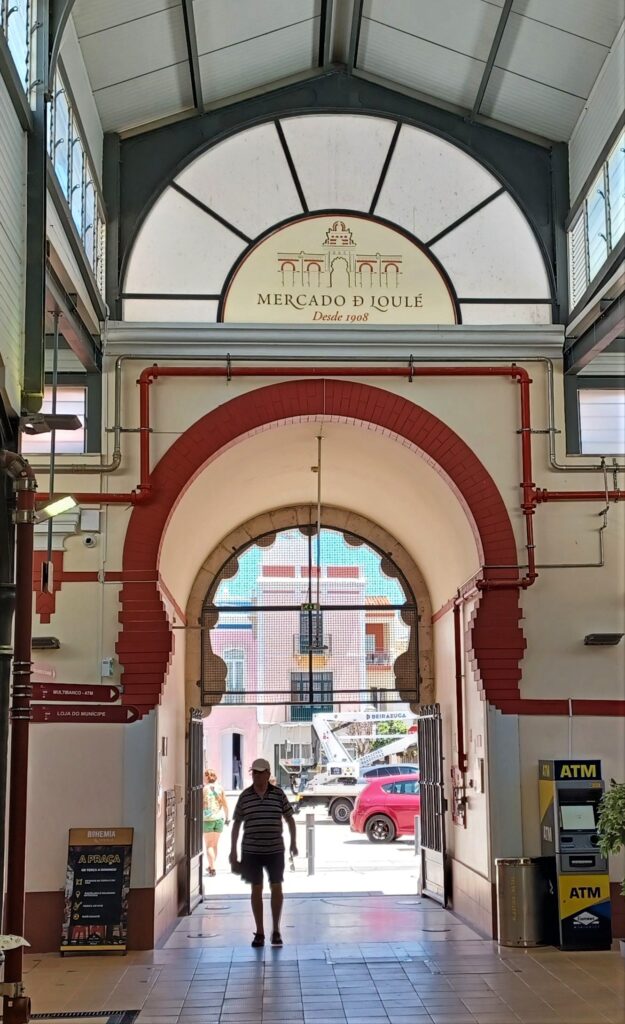
In 1249 CE, the Christian Reconquista defeated the Moors and pushed them out. By the late 16th century, the region was declining economically and under constant threat of Barbary pirate attacks along the coast.
Recently, the city has expanded greatly with land formerly used for agriculture now hosting large scale housing development.
Foodie Loulé
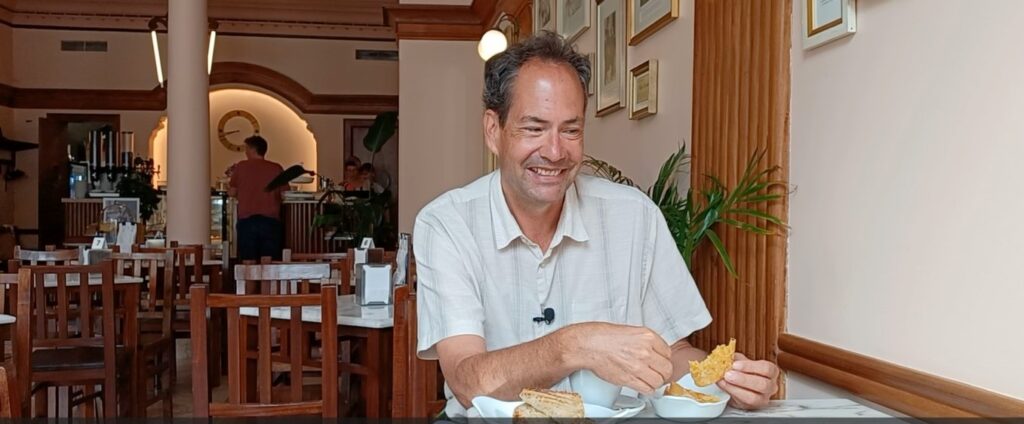
Folhado de Loulé
In the early 20th century, many people in Loulé were quite poor. Sugar was an extravagance in most homes.
The few rich families would show off their wealth by baking fancy pastries. The daughters in these homes would compete with each other to find out who had the best skills and recipes. The Folhado de Loulé was born out of these contests.
Folhado de Loulé is made by spreading egg custard (flavored with vanilla and lemon zest) on puff pastry. The puff pastry is folded over and sugar is sprinkled on top. The result is an incredibly flaky pastry that is much lighter than the more famous Portuguese tart, the Pastel de Nata.
The best place to get a Folhado de Loulé is at local pastelaria, Cafe Calcinha. Opened in 1929, Cafe Calcinha is modeled in the Art Deco style popular at the time.
Cafe Calcinha originally only allowed the wealthy to enter the cafe. Bureaucrats and businessmen were the main clientele. Poorer customers were later allowed inside but were segregated to a separate area of the cafe. It wasn’t until 1960(!) that women were allowed inside.
The most famous patron of Cafe Calcinha was António Aleixo. The poet was quite poor but he was allowed to sit in the cafe and drink coffee because of his moving verses.
Aleixo never made much money writing poetry. He’d sometimes enter Jogos Florais, poetry and singing competitions, but he didn’t even have appropriate clothes for these contests so he’d end up borrowing a suit. He died penniless from tuberculosis in 1949.
Today, António Aleixo is beloved for his poems which often are self-deprecating, exploring the fragility of humanity. But, he also wrote satires that bit at the fascist Salazar regime.
When you order a pastry from Cafe Calcinha, it is often accompanied by piece of paper with one of Aleixo’s poems. The one we got exposes the hypocrisy of politicians who moralize the sending of young men to an unjust war.
Cafe Calcinha has outdoor seating. There’s a bronze sculpture of António Aleixo sitting at a table. His expression makes me think he’s busing composing his next verse in his head.
Fig and Almond Stars
A super simple and tasty treat! Figs, which are plentiful in The Algarve, are flattened between the thumb and forefinger. Then, four or five figs are arranged in a star shape. Blanched almonds (almonds with the skins removed) are cut in half lengthwise and pressed into the figs. The fig & almond treat is baked in the oven. What comes out is sweet and chewy and nutty and utterly divine.
Shops all over Loulé sell Fig and Almond Stars. Your best bet might be going to the Mercado Municipal de Loulé for your figgy fix. Several vendors sell them as well as fig cake.

Mercado Municipal de Loulé
One of the things I really like about Loulé is all the local and regional products for sale. There are lots and lots of shops selling wine, textiles, cork products, and many other items from the Algarve.
The center of this action is the Mercado Municipal de Loulé. The building that houses the market was built in 1908 but harkens back to the Algarve’s Arabic history with the Moorish inspired portals.
Inside, there are some produce vendors and fish mongers, but the focus of the market is, again, local products. Ceramics, jams, sauces, and the famous Fig and Almond Stars are all for sale along with the local firewater Aguardente de Medronho.

Vegetarian Loulé
Once you’re out of Lisbon and Porto, it can be challenging to eat a plant-based diet in Portugal. But, that doesn’t mean there aren’t any options.
In Loule, there’s a terrific little vegan place called Cajual. I love their tofu skewers served with a tasty salad.
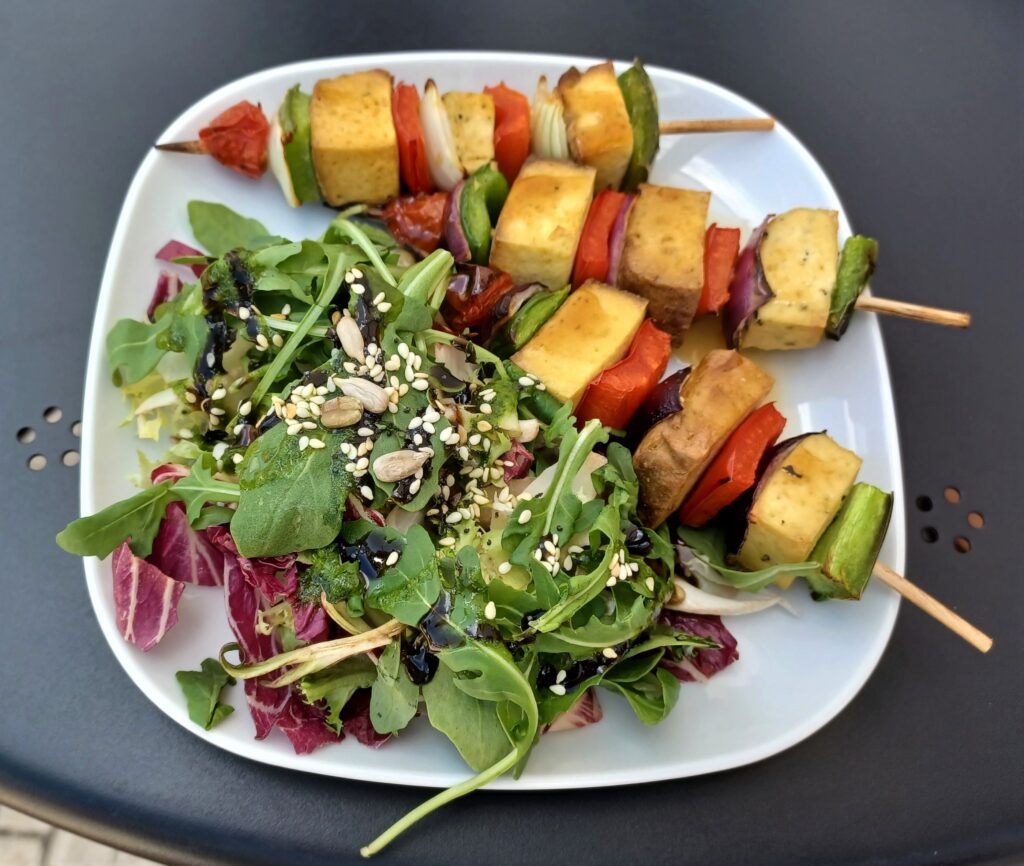
In nearby Quarteira, there’s also several choices including Iapepa who have a great fruit and veg. salad as well as terrific juices. An excellent spot for breakfast or brunch.
For dinner, Natraj (in Vilamoura) is an Indian restaurant with several vegan options. I also really like the tofu bowl at Raízes in Quarteira.
But, my favorite spot is Salmora. They have lots of vegetarian and vegan options and are extremely accommodating for any dietary requests/restrictions. They also have an excellent wine list. There’s even a camera in the kitchen beaming video of your meal being prepared.
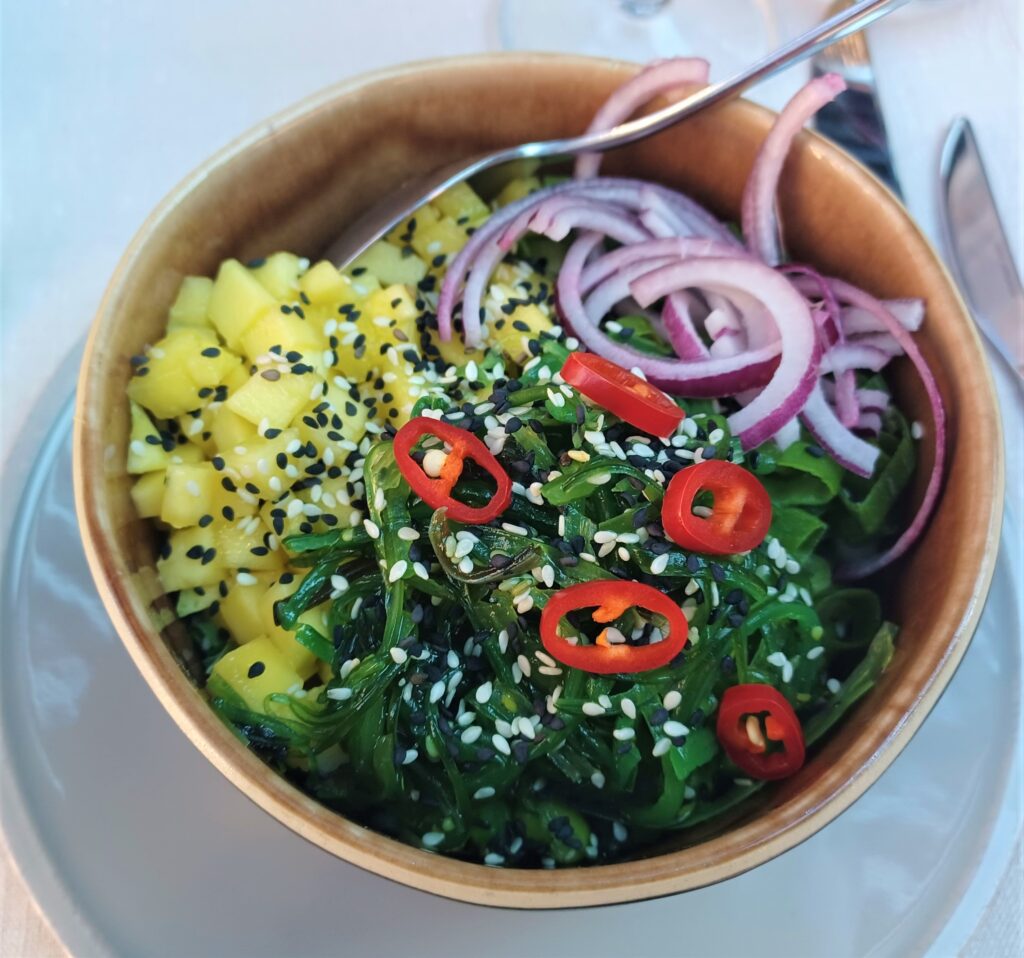
Drinking in Loulé
The unfortunate fact is that The Algarve drinking scene is inundated with places slinging cheap and sugary happy hour cocktails near the water. Either that or Irish Pubs blasting Karaoke and cricket matches. There are, however, a few tipples to get excited about.
Aguardente de Medronho
The first time I saw the Medronho fruit, it reminded me of Lychee, a fruit we enjoyed often when we lived in Hawaii. In fact, I thought it was Lychee. However, it’s a different fruit altogether.
The Strawberry Tree produces the Medronho fruit and is widely grown throughout the Mediterranean and into the Iberian Peninsula. In Portugal the Strawberry Tree is grown predominantly in The Algarve and Alentejo regions.
The Medronho fruit itself doesn’t have much of a flavor profile when eaten raw. It’s sweet, but that’s about it. Jams and jellies, wine, and cakes are made with Medronho.
The most interesting use of Medronho is in Aguardente de Medronho. Medronho fruit are distilled to make Portuguese firewater called Aguardente.
Bottles of Aguardente de Medronho are available all over Loulé and The Algarve in almost any bottle shop. One of my favorite spots is the cramped Sabores Tradicionais, located on the outside perimeter of the Mercado Municipal de Loulé.
The firewater goes down hard if you drink it straight (and lots of people do). But, the preferred method is to have a shot of Aguardente de Medronho in your coffee. Quite the wakeup! Just ask for a café com cheirinho if you want to try it.
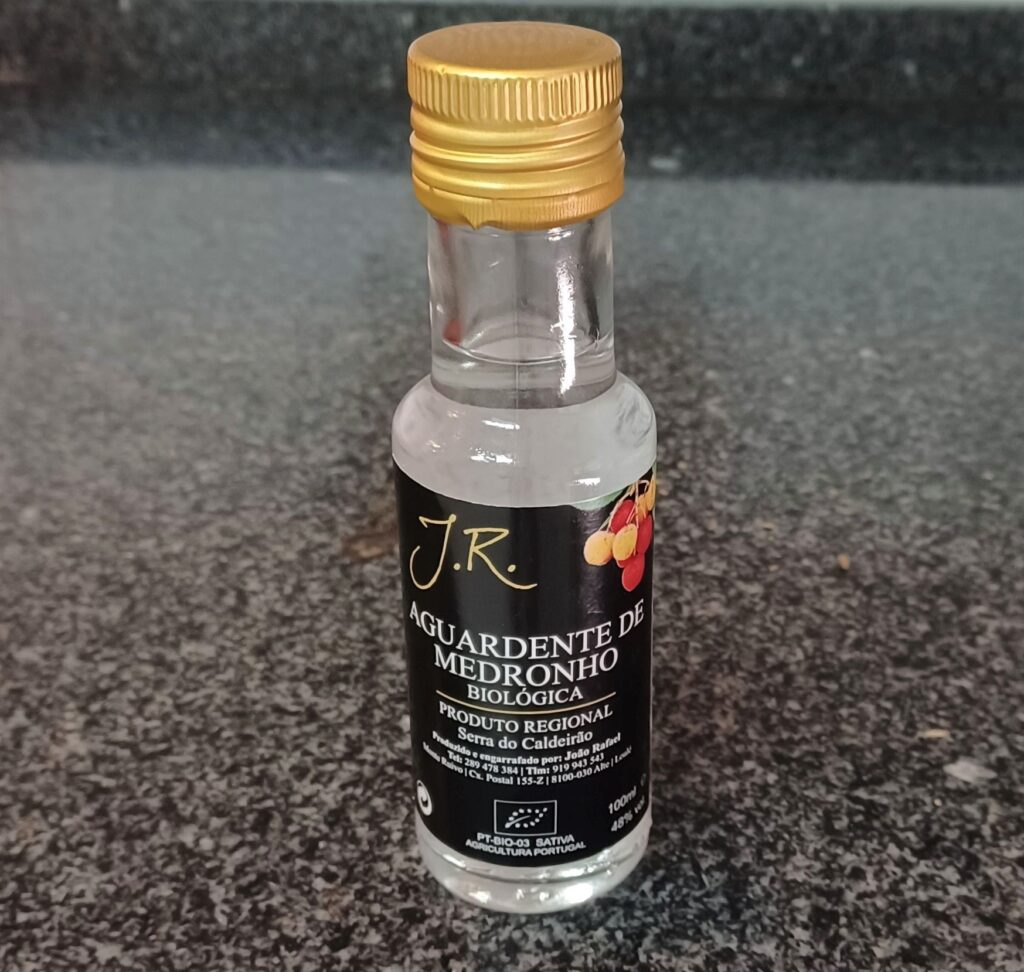
Algarve Wine
There are four recognized wine region’s in Portugal’s Algarve; Lagos, Portimão, Lagoa, and Tavira. Lagoa, and Tavira are closest to Loulé. Red wines are most commonly produced in The Algarve with the Tinta Negra Mole and Crato Branco grapes being the most popular.
With long, warm summers, the red wines of The Algarve tend to be fruity and bold although some can be more light bodied.
There are some good bottle shops in Loulé like Baco. Sabores Tradicionais in the Mercado Municipal de Loulé also has some interesting wines.
AL’s Bar in Vilamoura has been around since 2000 and attracts British expats who enjoy a beer or two on the patio. But, Al also has a nice wine selection and, as of this writing, is in the process of opening a wine shop next door.
Salmora is across the square from AL’s. In addition to having great food, they also have a nice cocktail and wine list.
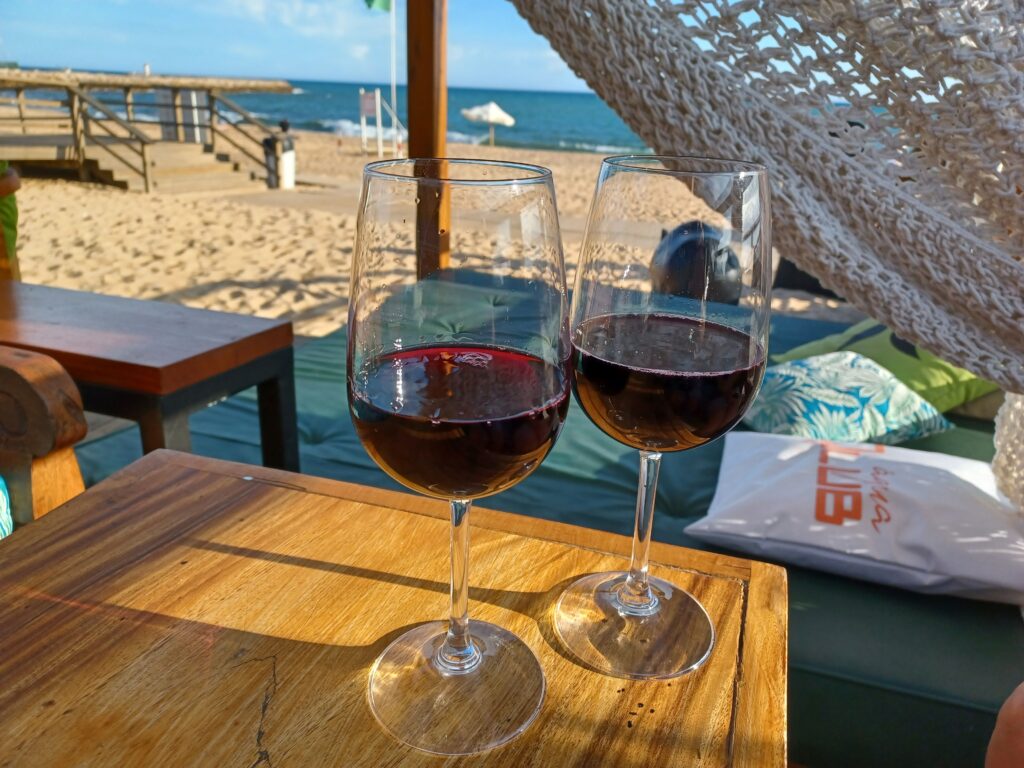
Things to do in Loulé
The Umayyad Caliphate invaded The Algarve and occupied Loulé as well as most of Portugal beginning in the 8th century. The area was held by Muslims for over 500 years so there are lots and lots of remnants from this time in Loule. It’s fascinating to see how Arab architecture, culture, and cuisine have been integrated into today’s city.
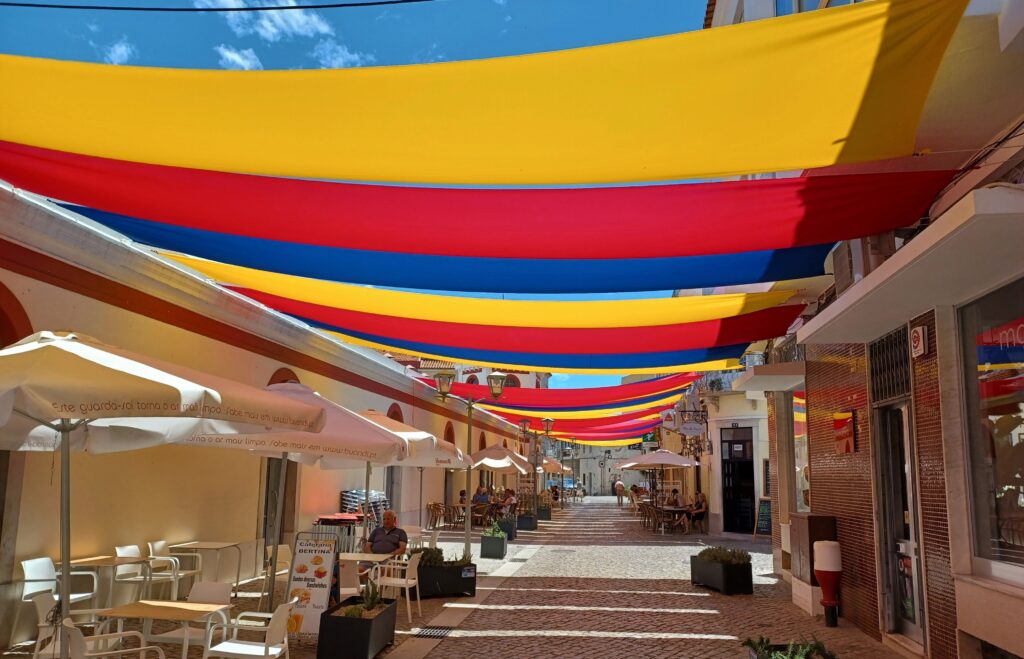
Castelo de Loulé (Loulé Castle)
This site was originally a Roman fortress, later expanded by the Moors after the Umayyad Caliphate. Shortly after Loulé was taken by Christian forces in 1249, the castle was expanded again and the towers were built. Parts of the original Islamic Wall are visible through the glass floor in some areas of the castle.
It’s free to enter the castle and see the museum. Climb the stairs to the top of the tower for great views of the city.
The small museum is worth walking through. There are artifacts dating back thousands of years and even some dinosaur bones that are 227 million years old!
Upstairs is small archive (no pictures allowed). It has some photos of the people of Loulé from years ago. But, the highlight is the typewriter and chair used by local poet António Aleixo.
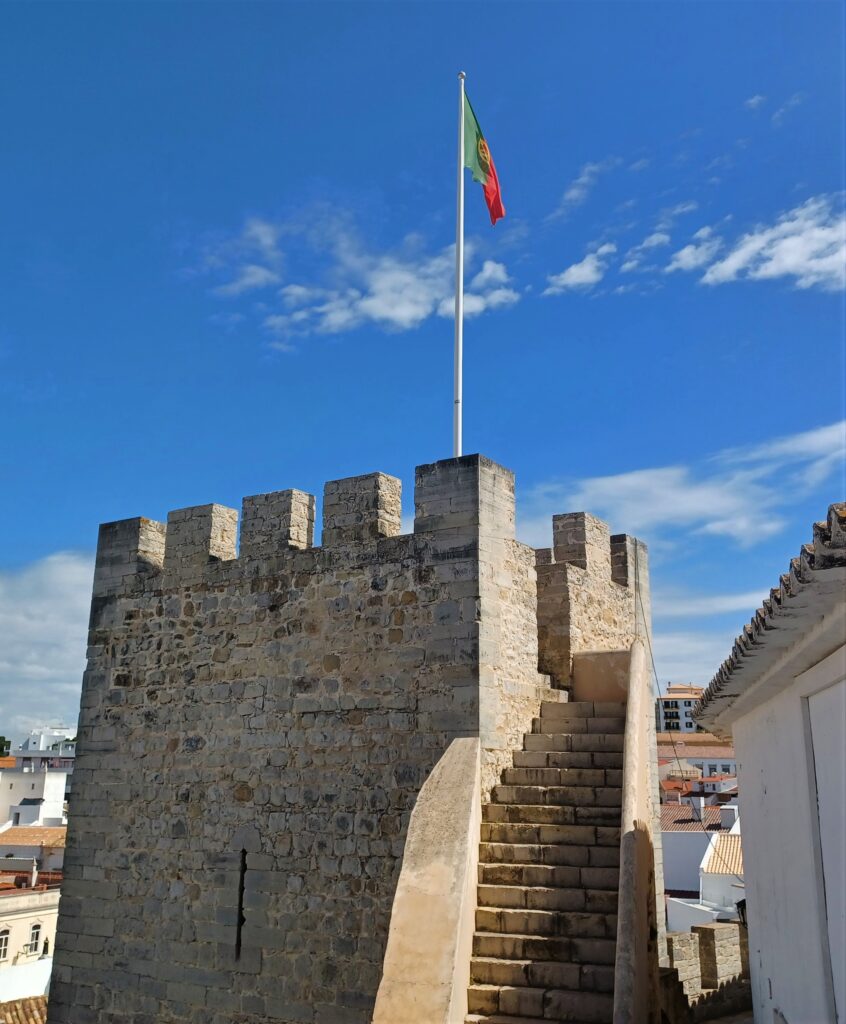
Nossa Senhora da Conceição Hermitage
Just steps from the castle is Nossa Senhora da Conceição Hermitage. This tiny chapel was built in the 17th century. The walls are covered with incredible azulejo tiles from Lisbon. There is also a stunning altarpiece.
If the side door to the stairs is open, don’t go in. We did and were scolded.
Like much of Loulé, Nossa Senhora da Conceição Hermitage was built upon the Moorish ruins of Al-‘Ulya. There is a glass floor in the chapel where you can see part of the foundation of the gate to the Islamic city wall.
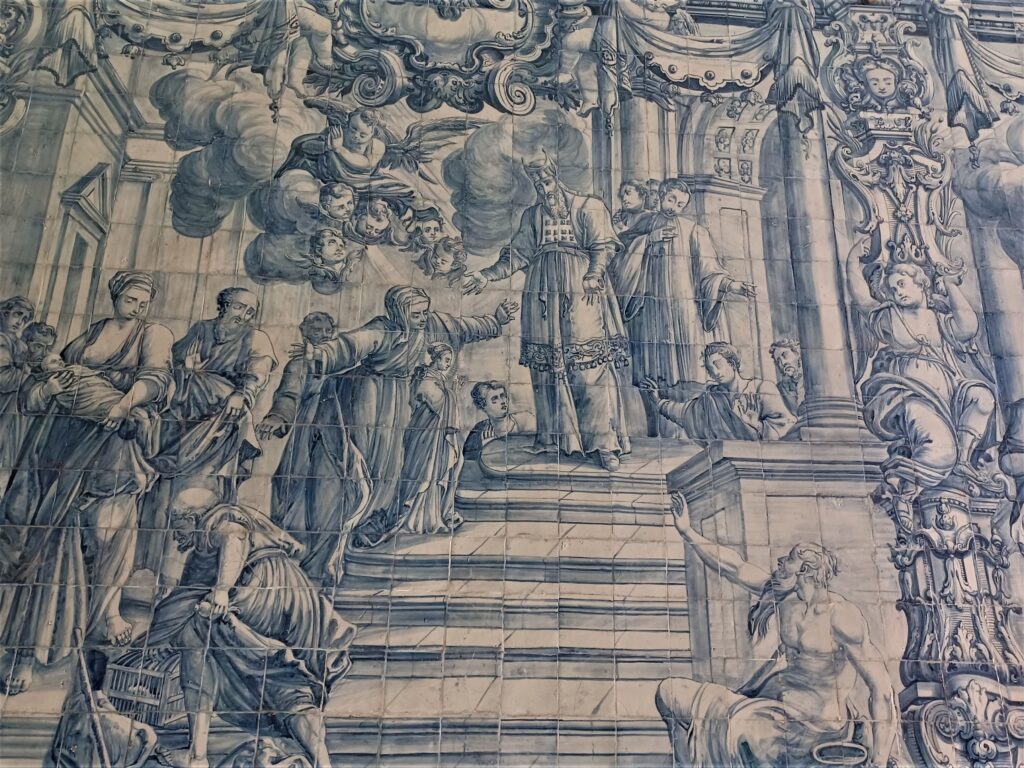
Banhos Islâmicos de Loulé (Islamic Baths of Loulé)
When the city acquired this space in 2006, I’m not sure they knew what they were getting. The 15th century manor house was built on top of a public bath house from the Islamic times. It took 16 years to restore the space, but it was worth it and the museum is now open.
What sits there now is no ordinary museum. It is a multimedia experience with videos and animation showing the history and usage of the bath house, including the different rooms (cold, tepid, hot).
It’s an amazing story that’s worth seeing. Just be careful walking around. I wasn’t paying attention and walked right into a plexiglass door. No glass broke but my glasses cut my nose. The lady working at the museum threatened to get me a Disney Princess bandage for being so careless. I totally deserved that and I totally would’ve worn that bandage if she gave it to me.
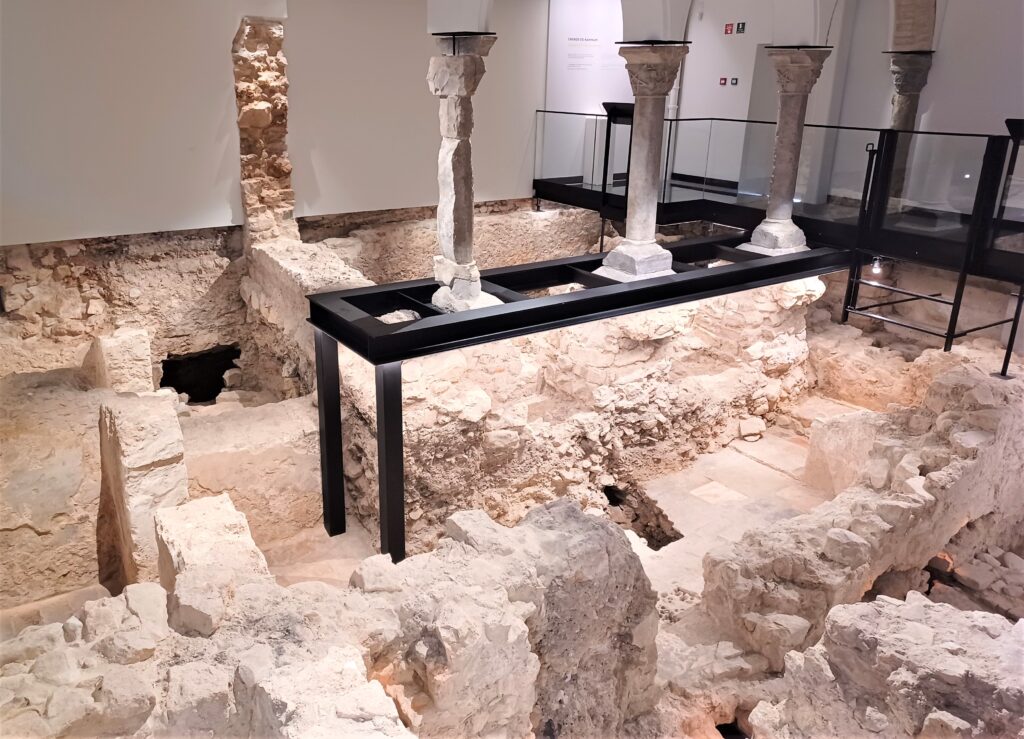
Igreja Matriz de São Clemente
Originally a Mosque, the bell tower at Igreja Matriz de São Clemente is a converted 12th century minaret and the church itself was built over the Muslim worship site.
The Gothic portal is quite striking and inside there’s a nicely carved altarpiece. Currently, renovations of the tilework behind the alter are underway.

Igreja da Graça
The convent at the Igreja da Graça may date back as far the 13th century, shortly after the Reconquesta, when it was founded by Franciscan monks. The original complex was massive with the church, many chapels, and living quarters as well as a farm fed by a stream all part of the church grounds. When the Franciscan monks abandoned the property in the 16th century it was taken over by Saint Augustine monks.
Following Portugal Liberal Wars (1832-1834) the convents were closed and the monks were forced to leave in a secular reorganization of political and social life in the country. The property was sold and subdivided several times over and eventually fell into ruin and was demolished in the name of urban renewal.
Recently, the Municipality of Loulé has tried to restore some of the remaining pieces of the Igreja da Graça, but the main attraction is the church portal which is still standing and quite magnificent.
If you go through the gate you’ll also see some ruins that are fenced off, perhaps part of a future project. Additionally, some remains from the church are currently housed in the Igreja Matriz de São Clemente.
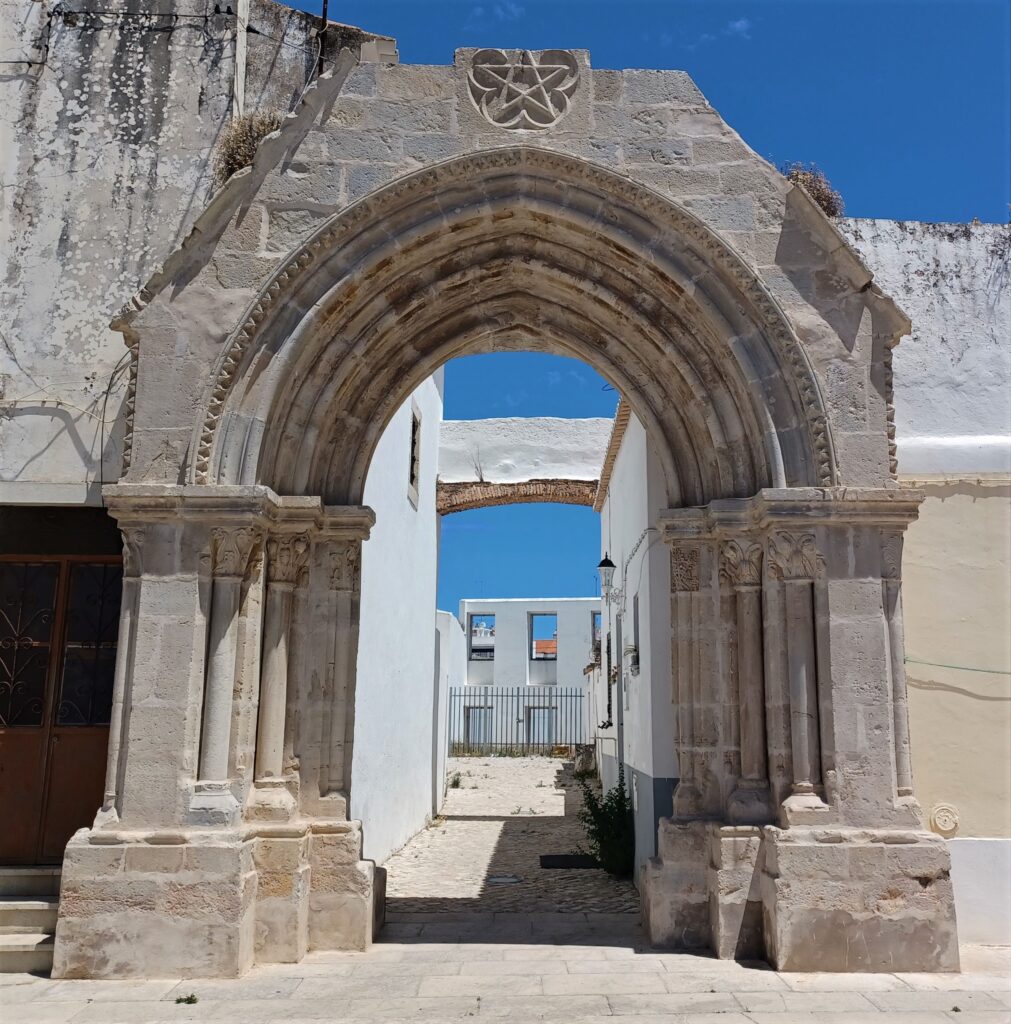
Side Trip to the Beach
Let’s face it, if you’re coming to the Algarve, it’s likely for the beaches or the golf courses, or both. Since I don’t golf, I can’t comment on those, but I can say that the beaches are spectacular in the Loulé municipality.
From Vilamoura to Quarteira (both part of the Loule municipality) is a stretch of gorgeous beaches only interrupted by marinas. Take your pick; Praia da Falésia, Praia de Vilamoura, Praia da Gaivota, Praia de Quarteira, or Praia do Almargem. They’re all gorgeous.
Most of this stretch has a boardwalk or paved promenade with beach bars and restaurants right on the sand or across the street. They’re not especially memorable except for the spectacular view, so pick one, sip a cocktail, and enjoy the view. Just know that a lot of the beach bars have DJs thumping music even in the middle of the day.
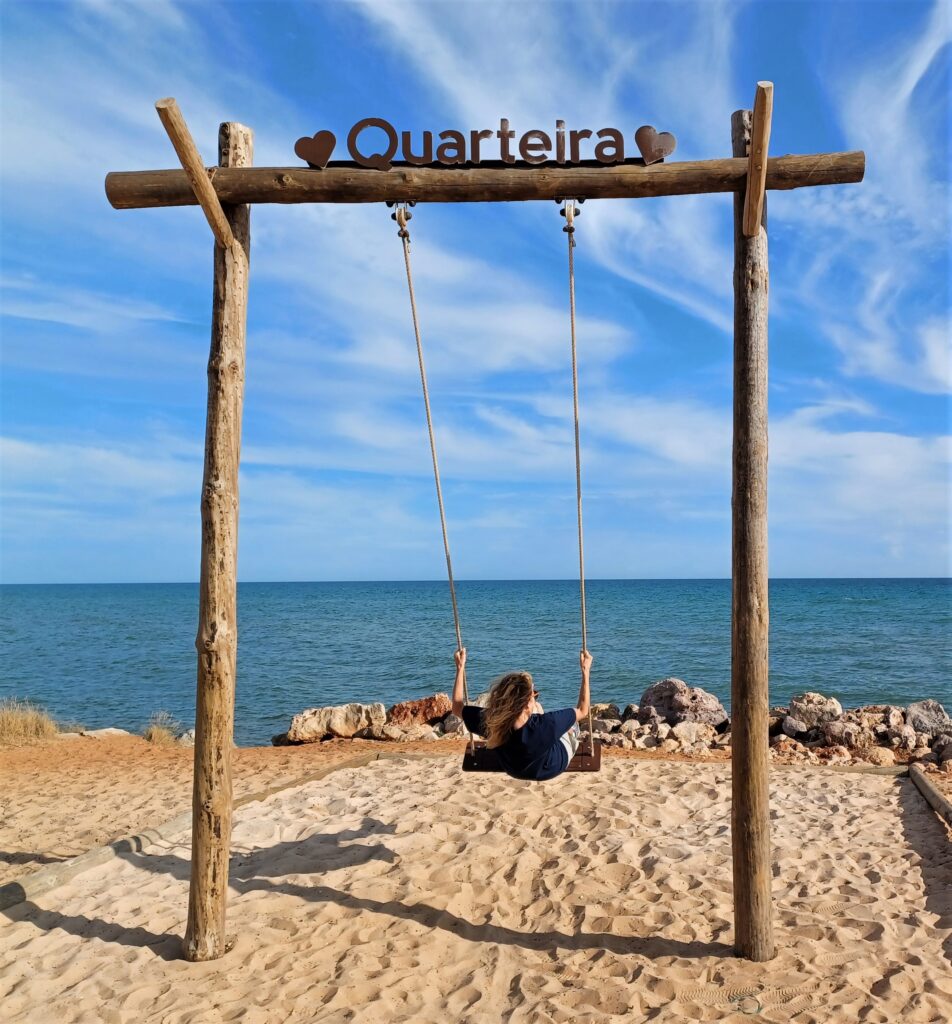
Algar de Benagil (Benagil Cave)
Up the coast less than 20 miles is the stunning Benagil Cave.
Porous rock dominates this part of the coast in Portugal. Over many centuries and millennia, erosion created the Algar de Benagil (Benagil Cave) as well as other caves, inlets, and rock formations.
The Benagil Cave is so spectacular because of its size and its seemingly perfect dome shape. At the top of the dome is a hole that lets in sunlight from above. This light creates a gorgeous effect of illuminating the cave in an array of colors from all the strata of rocks.
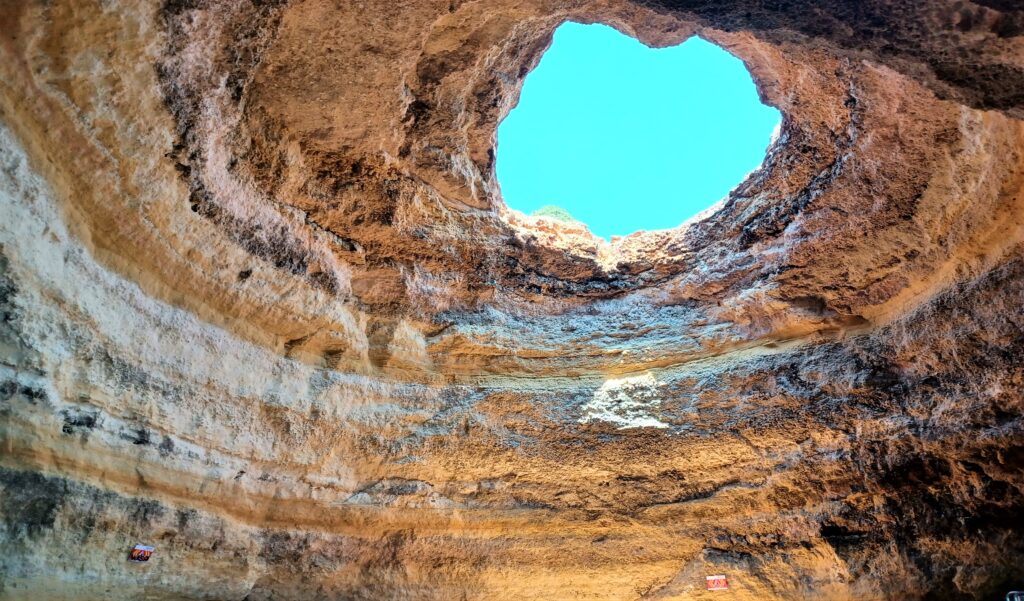
Getting to the Benagil Cave
There’s several options for getting to the Benagil Cave. I’ve presented in the order I consider best to worst. Your actual mileage may vary. Be aware that some or all tours may be canceled in the case of bad weather.
Speedboat
Taking the speedboat from Vilamoura (or one of the other places along the coast like Albufeira is my favorite way to see the Benagil Cave.
Once on the boat and out of the harbor, the captain guns the engine and gets you down the coast in about 45 minutes. Yes, the ride can be a little bumpy (even on a calm day) as you bounce over the wake from larger boats.
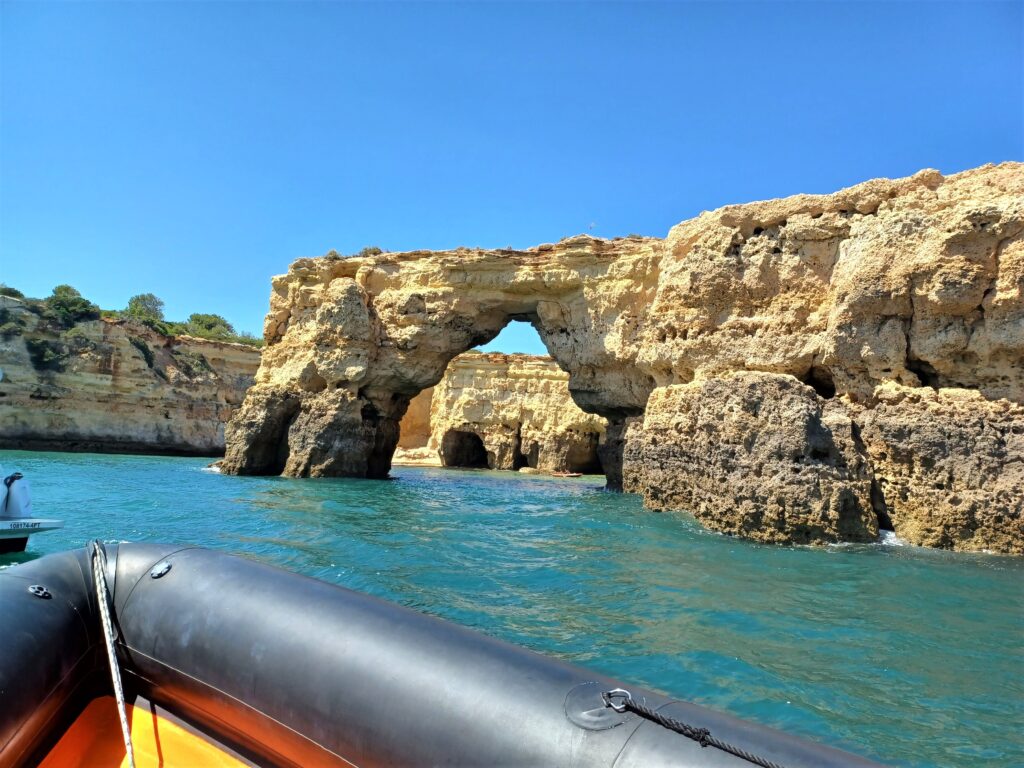
One of the great things about this tour is you get to see all the natural beauty of the coastline. There’s more caves and inlets and private beaches along the water and there’s even a church on a towering cliff. On the day we took the tour, a wedding was taking place! It looked amazing!

Another advantage of the speedboat is that you can see a whole lot in only 2.5 hours. After visiting the cave, the captain took us out into open water to look for dolphins. We saw a couple in the distance, but I couldn’t get any photos.
On the con side, be aware that there’s tons of other boats doing the same tour as you. Space is tight so each boat shimmies into the cave and you don’t get a ton of time inside. Also, while it was possible to get out of the boat and onto the beach in the cave in the past, that isn’t happening anymore. You have to stay on the boat. If you want to spend more time in the cave and get on the beach, I’d suggest the kayak option (below).
Slow Boat
There are also much bigger boats than the rubber 15 seater we took. These large boats take 50 or more people out at a time. You’d get to see the same coastline and sites as the speedboat at a much slower pace.
And, that’s the issue. Some of these tours take 4 hours or more. That’s big chunk if you’re crunched for time.
Also, these boats are too big to get inside the cave. What happens is they pile a dozen or so tourists into a dinghy and run them in and out of the cave until everyone onboard gets to see it. As you can imagine, that takes some time.
On the other hand, the nice thing about these big boats is the ride is smoother than the rubber speedboat and a lot of them have nice amenities like drinks, snacks, and a bathroom.
Kayak
From Benagil Beach you can rent a kayak and paddle to the cave. You can rent a kayak and paddle on your own or be part of a tour. A kayak tour costs a little less than a boat tour, while paddling on our own costs about half of the boat tour price.
Be aware that currents are strong here. This isn’t a leisurely paddle on the lake, so it’s not for everyone.
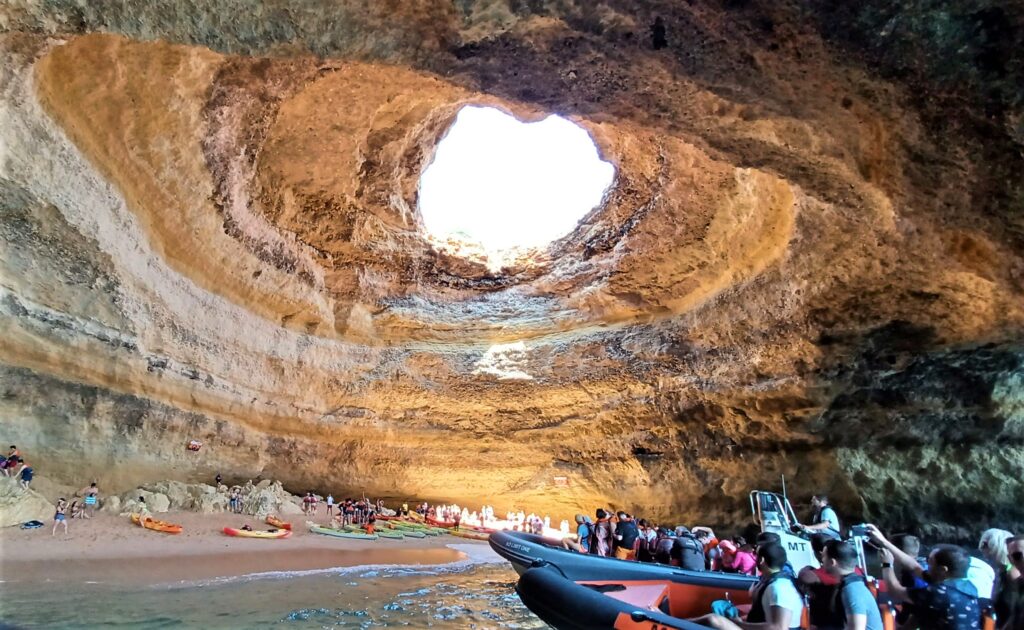
Driving
Driving to the Benagil Cave from Loulé takes about 45 minutes. However, you won’t be able to get into the cave. That’s only accessible by water. However, you can see the cave from above and look down into it from the hole in the roof. That’s quite impressive, but, like I said, you won’t be inside the cave.
Swimming
Yes, it’s technically possible to swim to the cave from Benagil Beach (about 200 meters). Unless you’re Michael Phelps, DON’T DO IT! And even if you are Michael Phelps, I’d still think twice. Currents are very strong here and it’s quite dangerous.
Transportation
Faro International Airport
Non stop flights to most major European cities and Toronto (no non stops to US).
Loulé Train Station
If you’re coming from Lisbon, it’s much easier to take the 3 hour ride on the train instead of dealing with the airport. Loulé station is about a 10 minute car ride from the city.
Ground Transportation
There are some buses that go to Loulé from the Faro International Airport. However, they are not very frequent. There are a few direct buses but mostly you’ll end up transferring and that will take over an hour. A rideshare will take 25 minutes or so.
From the Loulé Train Station it’s best to get a cab or ride share. It’s only a 10 minute drive to Loulé. Buses from the station are infrequent.
Public Transportation
Supposedly, local bus service in Loulé is free. However, other than one article from a few years ago, I can’t confirm that. Regardless, Loulé is a small city and it’s easy to get around on foot.
Rideshare is also widely available.
The towns in The Algarve are linked together by bus and train service. There is no single source of information for these services, but a local expat has maintained a website with some good info.
Index of Things to do in Loulé
Castelo de Loulé (Loulé Castle)
Formidable castle with a small but interesting museum.
R. Dom Paio Peres Correia 17, 8100-564 Loulé, Portugal
Nossa Senhora da Conceição Hermitage
17th century chapel with amazing tile murals.
R. Dom Paio Peres Correia, 8100-564 Loulé, Portugal
Banhos Islâmicos de Loulé (Islamic Baths of Loulé)
Multimedia museum amongst the ruins of an Islamic bath house.
R. Garcia da Horta 4, 8100-606 Loulé, Portugal
Igreja Matriz de São Clemente
Church on the site of a former Mosque. Bell tower was a minaret.
Igreja da Graça
Medieval church portal.
R. Dr. Frutuoso da Silva 135, 8100-503 Loulé, Portugal
Praia da Falésia
6km of sand in front of imposing cliffs.
Praia da Falésia, Aldeia da Falésia, 8200-593 Albufeira, Portugal
Praia de Vilamoura
1m beach. More sheltered with lots of bars nearby.
Vilamoura Beach, 8125-122 Quarteira, Portugal
Praia da Gaivota
Lovely beach with a nice promenade.
R. do Leste 10, 8125-201 Faro, Portugal
Praia de Quarteira
Nice beach frequented by Portuguese families.
Praia do Almargem
Blue Flag beach.
R. do Poço Romano, Quarteira, Portugal
Algar de Benagil (Benagil Cave)
Stunning natural cave accessible only by water.
Index of Eating & Drinking in Loulé
Café Calcinha
Famous cafe with Folhado de Loulé.
Praça da República 67, 8100-270 Loulé, Portugal
Salmora
Excellent restaurant in Vilamoura.
Rua do Clube Náutico, Edíficio Vila Lusa, Bloco2-B, loja 8, 8125-442, Portugal
Cajual
Terrific vegan restaurant in Loulé.
R. Serpa Pinto 2, 8100-714 Loulé, Portugal
iapepa
Great brunch spot in Quarteira with veg. options.
R. do Clube Náutico 4, 8125-442 Quarteira, Portugal
Raízes
Vegetarian restaurant in Quarteira.
Edf. Anglo-atlântico, R. do Leste Bloco C, Loja 23B, 8125-201 Quarteira, Portugal
AL’s Bar
Terrific little bar across the square from Salmora.
1 Vilamoura, R. do Clube Náutico Edif. Vila Lusa, Bloco 1A – Loja, 8125-442 Quarteira, Portugal
Cafezique
Vegan dishes available with 24 hours notice.
R. das Bicas Velhas 5, 8100-606 Loulé, Portugal
Adega da Vila
Little wine bar and tapas joint.
R. do Município 18, 8100-561 Loulé, Portugal
Natraj
Indian restaurant with several veg. options.
507 Rua da Botelha edif. Marina Luxor Loja2/3, 8125-488, Portugal
O Postigo
Cool little rock n roll and biker bar.
R. 9 de Abril, 8100-544 Loulé, Portugal
Shopping in Loulé
Mercado Municipal de Loulé
Market filled with local products and eating establishments.
R. José Fernandes Guerreiro 34, 8100-535 Loulé, Portugal
Sabores Tradicionais
Outstanding shop with local products in the Mercado Municipal de Loulé.
R. José Fernandes Guerreiro 34, 8100-535 Loulé, Portugal
Casa Gineta
Cork shop featuring top notch Portuguese cork products.
Praça da República 61, 8100-270 Loulé, Portugal
Centro de Artesanato de Loule
Shop filled with artisan products from around Portugal.
R. da Barbacã 11, 8100-606 Loulé, Portugal
Baco
Wine shop with a good selection of Algarve bottles.
Praça da República 6, 8100-270 Loulé, Portugal
Teresa’s Pottery
Ceramics shop.
R. Dom Paio Peres Correia 1, 8100-606 Loulé, Portugal
Places to Stay in Loulé
Loulé Jardim Hotel
3 star hotel a short walk from the historic center.
Praça Manuel de Arriaga, 8100-665 Loulé, Portugal
Dom José Beach Hotel
3 star hotel on the beach.
Av. Infante de Sagres 143, 8125-157 Quarteira, Portugal
About the Author
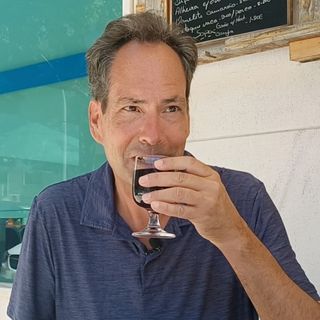
Brent Petersen is the Editor-in-Chief of Destination Eat Drink. He currently resides in Setubal, Portugal. Brent has written the novel “Truffle Hunt” (Eckhartz Press) and the short story collection “That Bird.” He’s also written dozens of foodie travel guides to cities around the world on Destination Eat Drink, including in-depth eating and drinking guides in Portugal. Brent’s podcast, also called Destination Eat Drink, is available on all major podcasting platforms.

